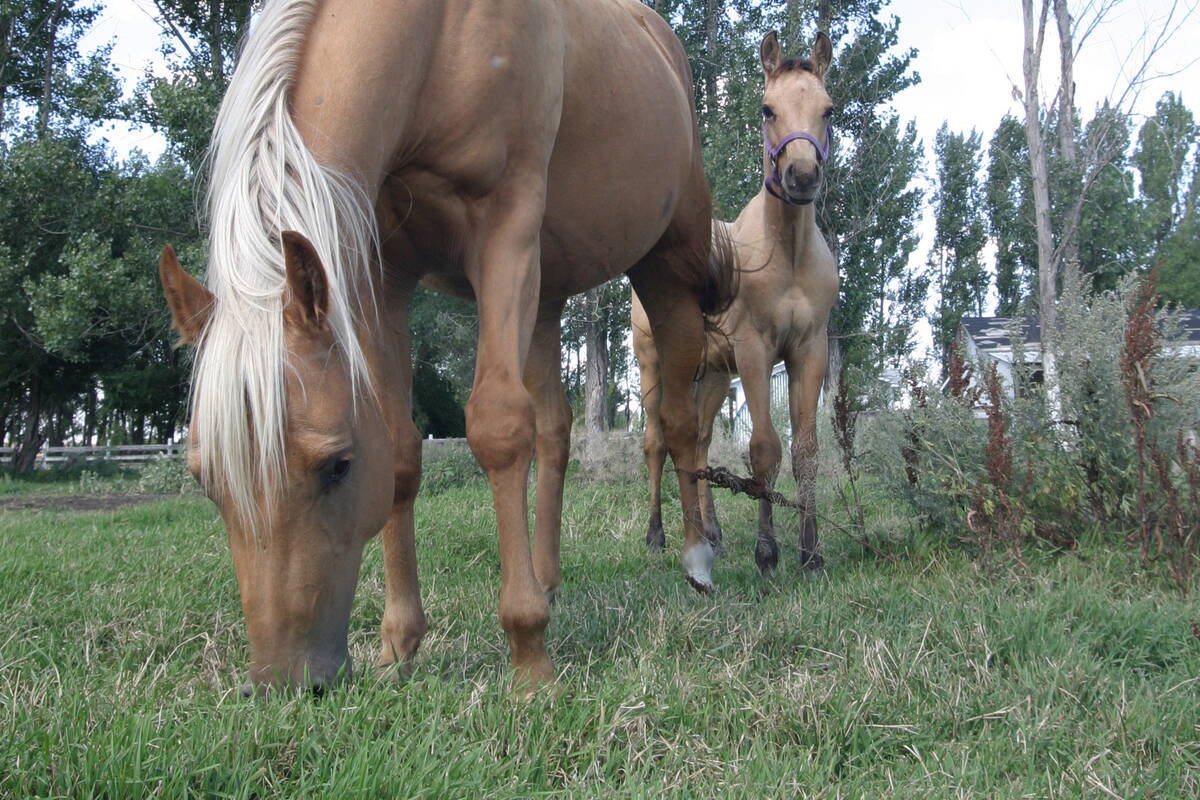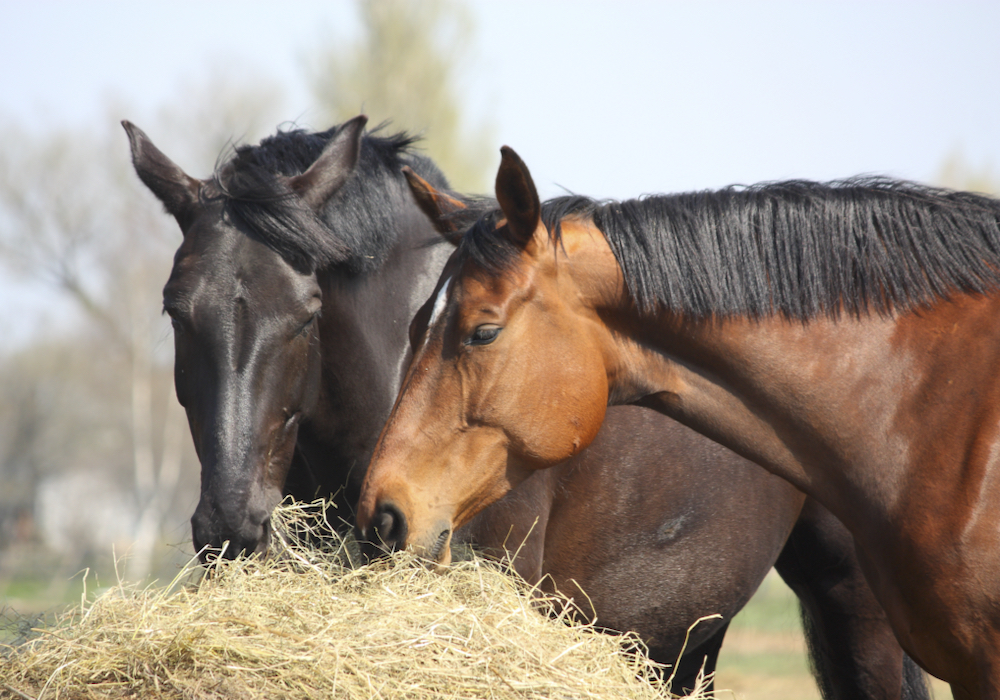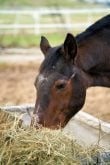Modern horse feeding advice frequently recommends adding concentrated feeds to pasture or hay diets. This is often considered essential to meet caloric needs for performance or to ensure sufficient intake of vitamins and minerals.
There is growing evidence that paints a different picture. Grain-heavy processed diets may contribute to various digestive and metabolic disorders, including insulin resistance, metabolic syndrome, laminitis, gastric ulcers, hindgut acidosis, developmental orthopedic disease, behavioral issues, performance concerns and various myopathies.
Numerous feed companies have introduced “low starch” or “low NSC” feed options in response, but their benefits are uncertain compared to traditional formulations.
Read Also

Ignoring growth plates sabotages young horse development
Young horse training plans and workloads must match their skeletal development. Failing to plan around growth plates can create lifelong physical problems.
Understanding how these could affect equine health requires the ability to identify what kind of carbohydrate performs best for equines and why.
Not all carbohydrates are handled equally by the horse’s metabolism. Some are ideal for providing energy, but others can pose health risks when overfed or given to horses with metabolic issues.
Classifying carbs
Carbohydrates in the plant kingdom follow a hierarchal structure, ranging from simple sugars to complex fibres like hemicellulose, cellulose, pectin and lignin. Simple sugars serve diverse functions for the plant’s processes, including energy provision and signalling. Simple sugars combine to form more complex carbohydrates such as starch and fructans, which plants utilize for energy storage.
At their highest complexity, sugars unite to create the intricate structural carbohydrates of the cell wall and encompass hemicellulose, cellulose and pectin, all examples of fibre. It is important to recognize that fibre is classified as a carbohydrate.
The horse’s digestive system handles carbohydrates differently based on their complexity. Distinct digestive processes result in two energy sources for the horse: glucose and VFAs (volatile fatty acids). Each has different origins, metabolic pathways and effects on tissues.
Simple non-structural carbohydrates (NSCs) such as sugars and starches are broken down in the foregut, leading to immediate glucose absorption. This category includes grain meals and many processed feeds, whose digestibility is altered through processing, as well as lush green grasses or short grasses under three inches high.
Fructan, which is also categorized as an NSC, serves as a storage carbohydrate in cool-season grasses. Unlike other carbohydrates, it bypasses enzymatic breakdown in the foregut and undergoes fermentation in the hindgut, leading to unpredictable ratios of VFAs and lactic acid.
Complex structural carbohydrates like hemicellulose, cellulose and pectin reach the hindgut intact. Here, microbial fermentation converts them into VFAs like acetate, butyrate and propionate.
Management
For horses with sugar sensitivities and metabolic issues, it’s advisable to limit their combined intake of ethanol-soluble carbohydrates and starches to less than 10 per cent of the diet. This threshold aims to prevent spikes in blood glucose and insulin levels.
However, this calculation excludes fructans. Although it is scientifically debatable whether fructan ingestion directly triggers issues such as laminitis, there is evidence that overconsumption, especially in sensitive horses, can significantly compromise gut health by disrupting gut pH via lactic acid production.
While fructans themselves may not be a primary concern, managing their intake along with other carbohydrates is still important for overall equine health, particularly in horses with specific sensitivities.
The carbohydrate of primary importance to horse health—unadulterated plant fibre—is often overlooked. Fibre is the most essential carbohydrate because horses leverage it as an energy source by nurturing symbiotic bonds with the millions of micro-organisms in their hindgut.
The resulting fermentation can provide horses up to 70 per cent of their total digestible energy requirements. The VFAs from this process provide slow-release sustainable energy for the horse’s cells. Furthermore, fibre serves as an excellent prebiotic for hindgut microbes, and its physical properties are essential to maintain digestive health in horses.
Elevated blood glucose and insulin from easily digestible carbohydrates can negatively impact horse health, but VFAs from the hindgut fermentation of plant fibre offer a consistent and beneficial energy source that sustains well-being.
Horses, often characterized as trickle feeders, depend on a consistent supply of VFAs for cellular energy. That highlights the essential role of hindgut plant fibre fermentation in their biological makeup.
It’s like selecting the appropriate fuel type for either a gas or diesel engine. The horse’s health and efficiency are profoundly impacted by the type of fuel it consumes.
















